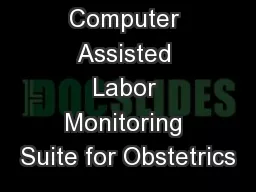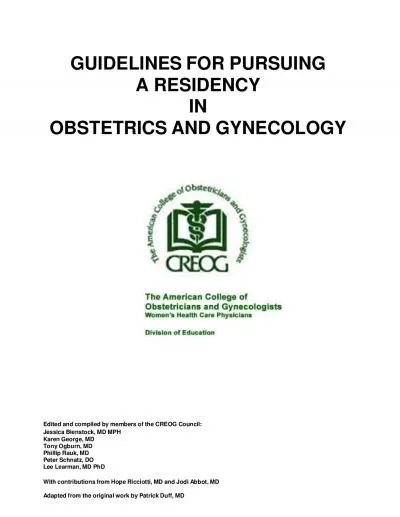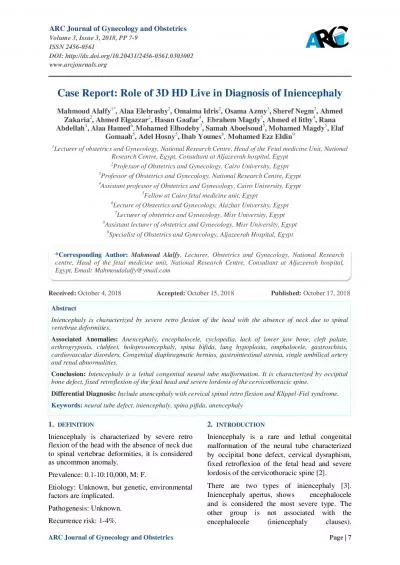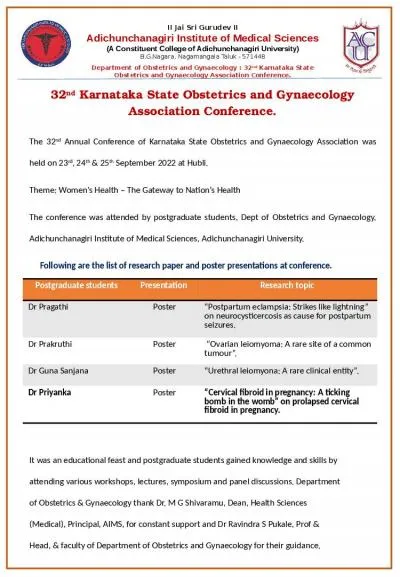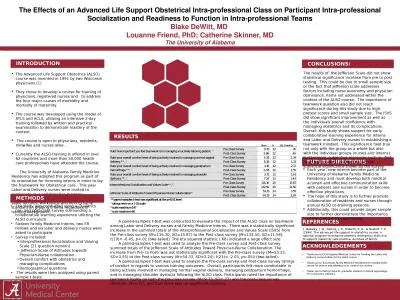PPT-Information for New Obstetrics Patients
Author : CherryPoppins | Published Date : 2022-08-04
1 2 Meet our Providers Dr Schemmel Dr Reuter Dr Grant Dr Tyler Amery Baker PAC Dr Spaniol Kali Arthurs PAC Rhiannon Evans PAC Table of Contents Congratulations
Presentation Embed Code
Download Presentation
Download Presentation The PPT/PDF document "Information for New Obstetric..." is the property of its rightful owner. Permission is granted to download and print the materials on this website for personal, non-commercial use only, and to display it on your personal computer provided you do not modify the materials and that you retain all copyright notices contained in the materials. By downloading content from our website, you accept the terms of this agreement.
Information for New Obstetrics Patients: Transcript
Download Rules Of Document
"Information for New Obstetrics Patients"The content belongs to its owner. You may download and print it for personal use, without modification, and keep all copyright notices. By downloading, you agree to these terms.
Related Documents



